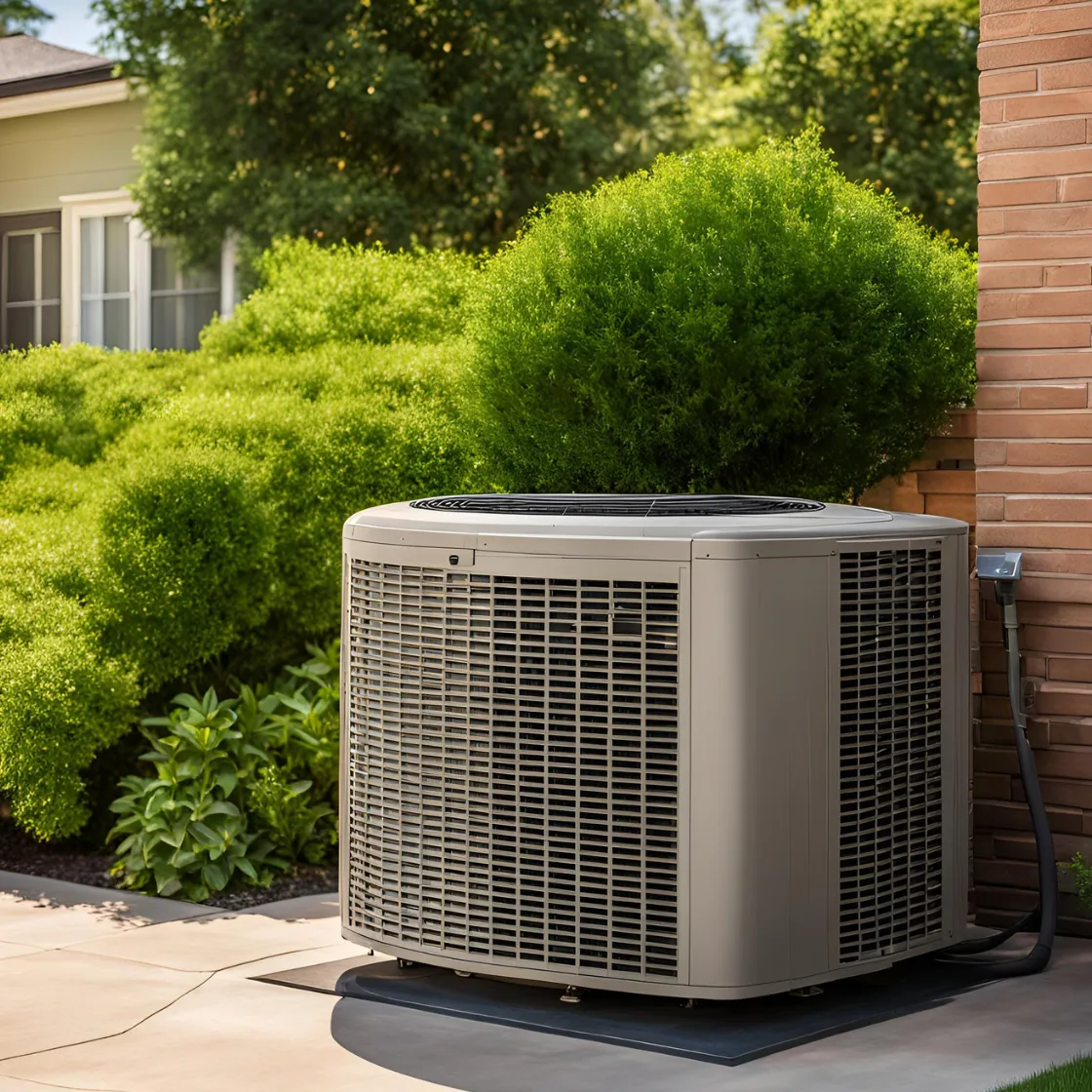
Understanding Your Air Conditioning System: Mastering the Refrigeration Cycle
When it comes to keeping cool on the hottest days, your air conditioning system relies on a fundamental process: the refrigeration cycle. By understanding how this cycle works, you'll gain a newfound appreciation for the technology that makes indoor comfort possible.
High-Pressure Side vs. Low-Pressure Side
Every refrigeration system operates on two distinct sides:
The High-Pressure, High-Temperature Side (typically marked in red on diagrams)
The Low-Pressure, Low-Temperature Side (typically marked in blue)
What separates these two zones? Two essential components: the compressor and the metering device.
The Compressor: The Powerhouse of the System
The compressor is the heart of the AC system, responsible for increasing the pressure and temperature of the refrigerant. It takes in low-pressure, low-temperature vapor refrigerant and compresses it, transforming it into a high-pressure, high-temperature vapor. This pressurized refrigerant then moves to the condenser coil.
The Metering Device: Regulating Refrigerant Flow
On the other side of the cycle, the metering device plays a critical role in cooling efficiency. It reduces the refrigerant’s pressure, allowing it to cool down before continuing through the system. This step is essential for effective heat absorption.
The Refrigerant’s Journey: A Continuous Cycle
At the core of your air conditioning system is the refrigerant’s ongoing transformation:
Compression: The refrigerant starts as a low-pressure vapor and enters the compressor, which increases its pressure and temperature.
Heat Rejection: This hot, high-pressure gas moves through the condenser coil, where it releases heat into the outdoor air, turning into a high-pressure liquid.
Sub-Cooling: Before reaching the metering device, the refrigerant undergoes sub-cooling to ensure it is fully liquefied.
Expansion: The metering device reduces the refrigerant’s pressure, transforming it into a saturated state (80% liquid, 20% vapor).
Heat Absorption: As the refrigerant flows through the evaporator coil, it absorbs heat from indoor air, transitioning back into a low-pressure vapor.
Repeat: The refrigerant re-enters the compressor, and the cycle begins again, continuously cooling your home.
The Role of Saturation and System Care
A key concept in refrigeration is saturation—the point where refrigerant exists as both a liquid and vapor, allowing for efficient heat absorption and release. To keep the system running properly, it’s crucial to ensure that only vapor refrigerant enters the compressor. Any liquid present could cause compressor damage or system failure.
Even minor issues, such as a faulty indoor blower motor, can disrupt the system’s ability to absorb heat properly, leading to a cascade of problems.
The Importance of Regular Maintenance
Routine maintenance is essential for optimal AC performance. Components like the filter dryer, which absorbs excess moisture, help prevent damage to refrigerant oil and protect the compressor’s internal motor windings. Neglecting these small but vital parts could lead to costly repairs.
Call the Experts at E & R Heating and Cooling
While understanding the basics of your air conditioning system is valuable, keeping it running efficiently requires professional care. Whether you need routine maintenance, repairs, or a full system installation, E & R Heating and Cooling is here to help.
Don’t let AC issues leave you in the heat—contact E & R Heating and Cooling today for expert service and reliable solutions. Stay cool with the professionals you can trust!


